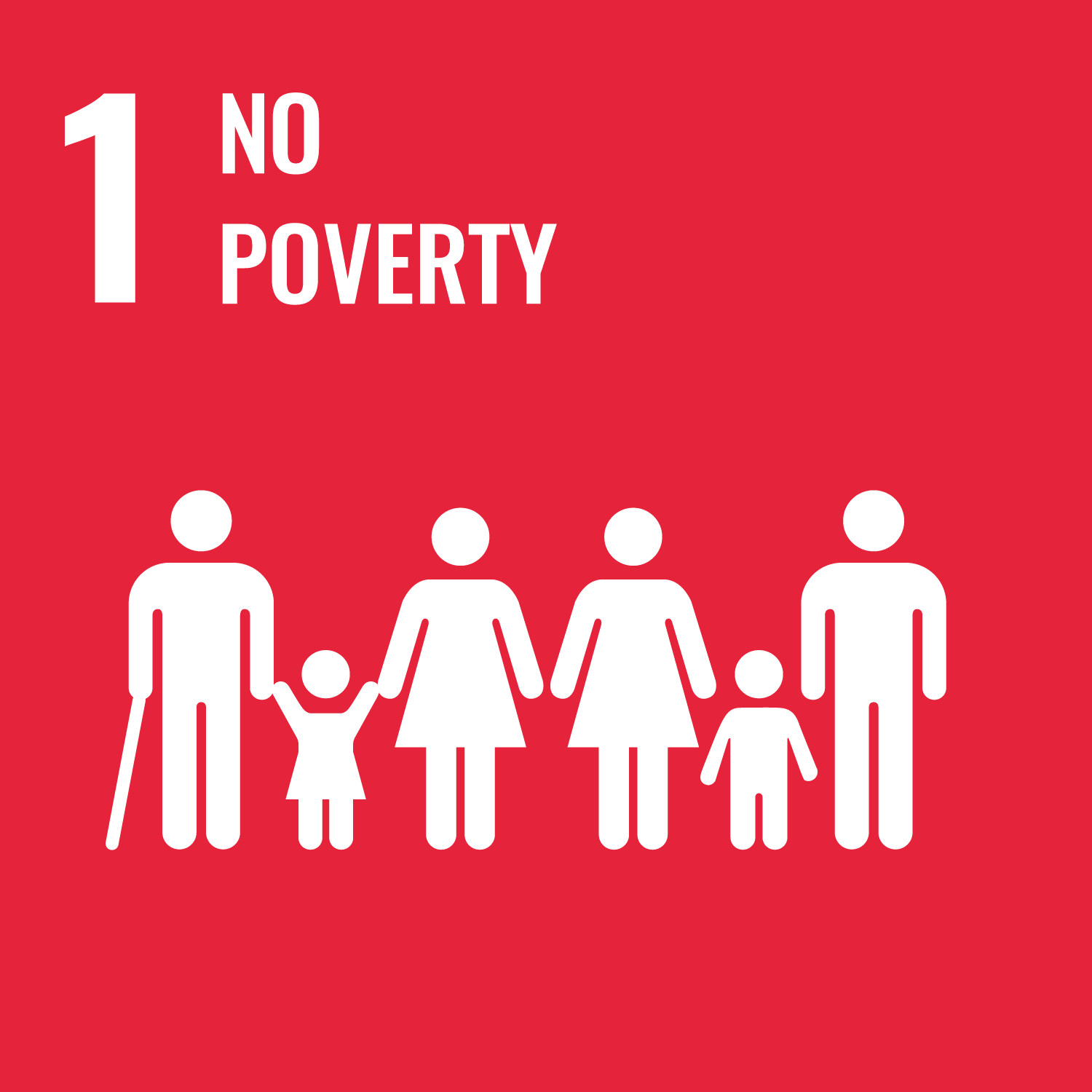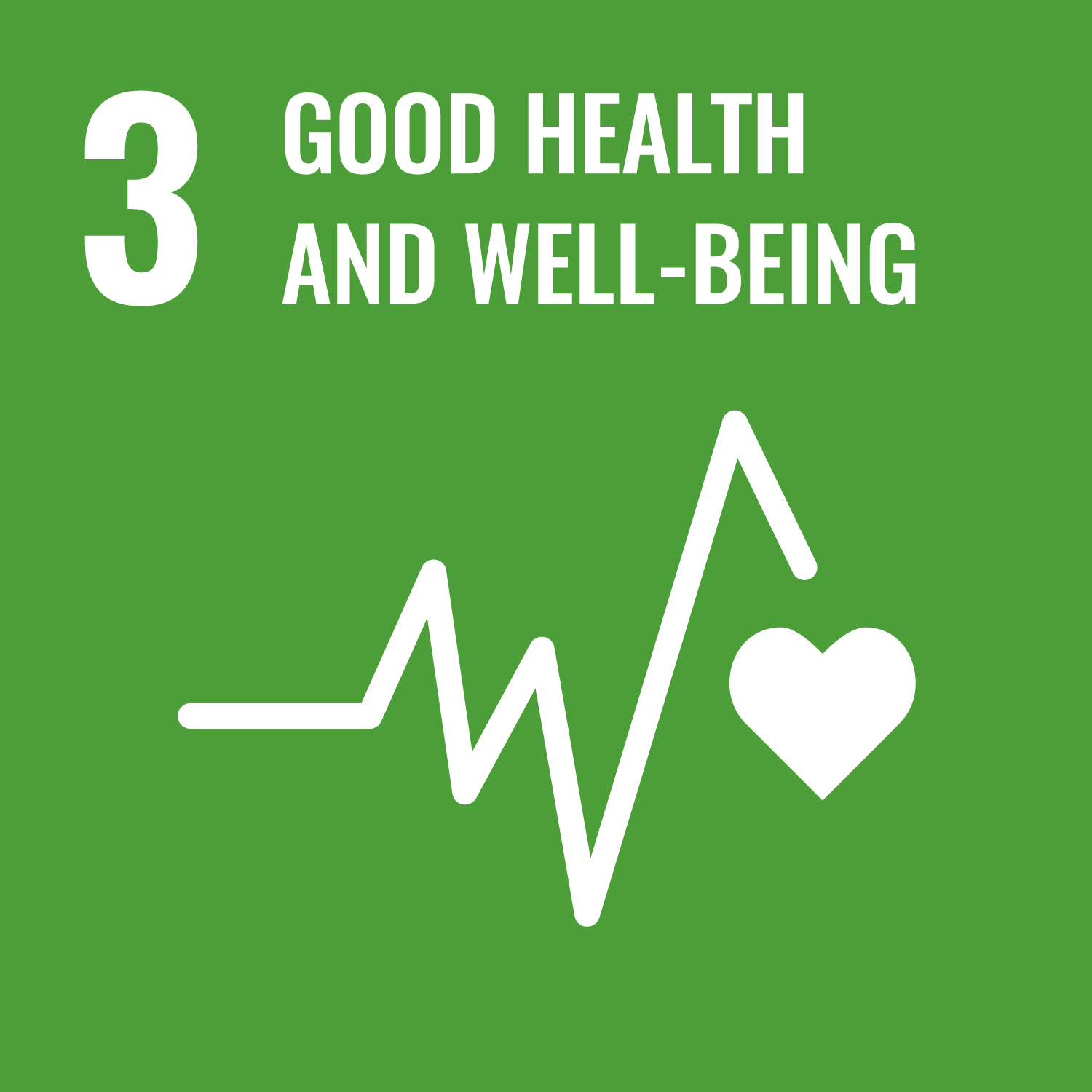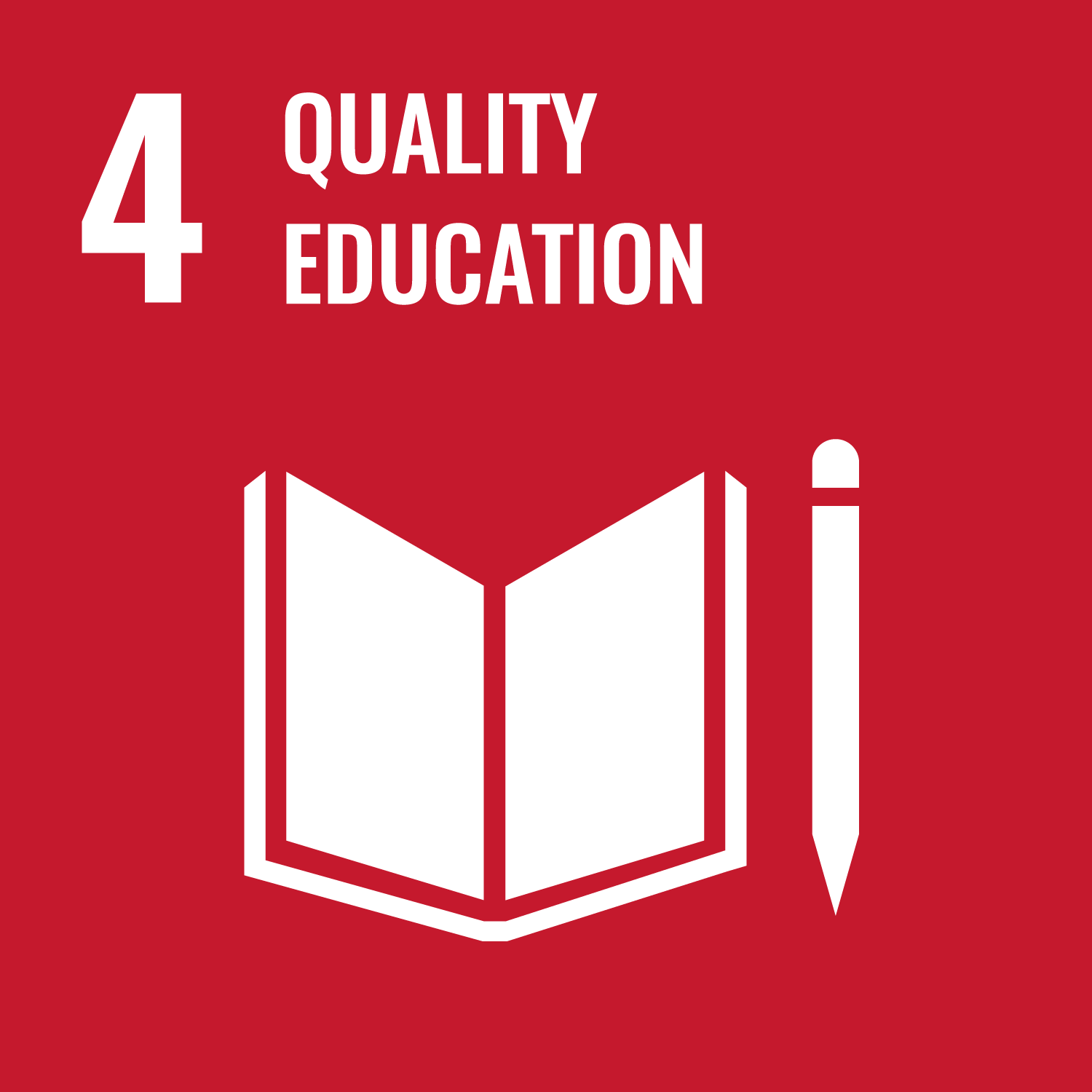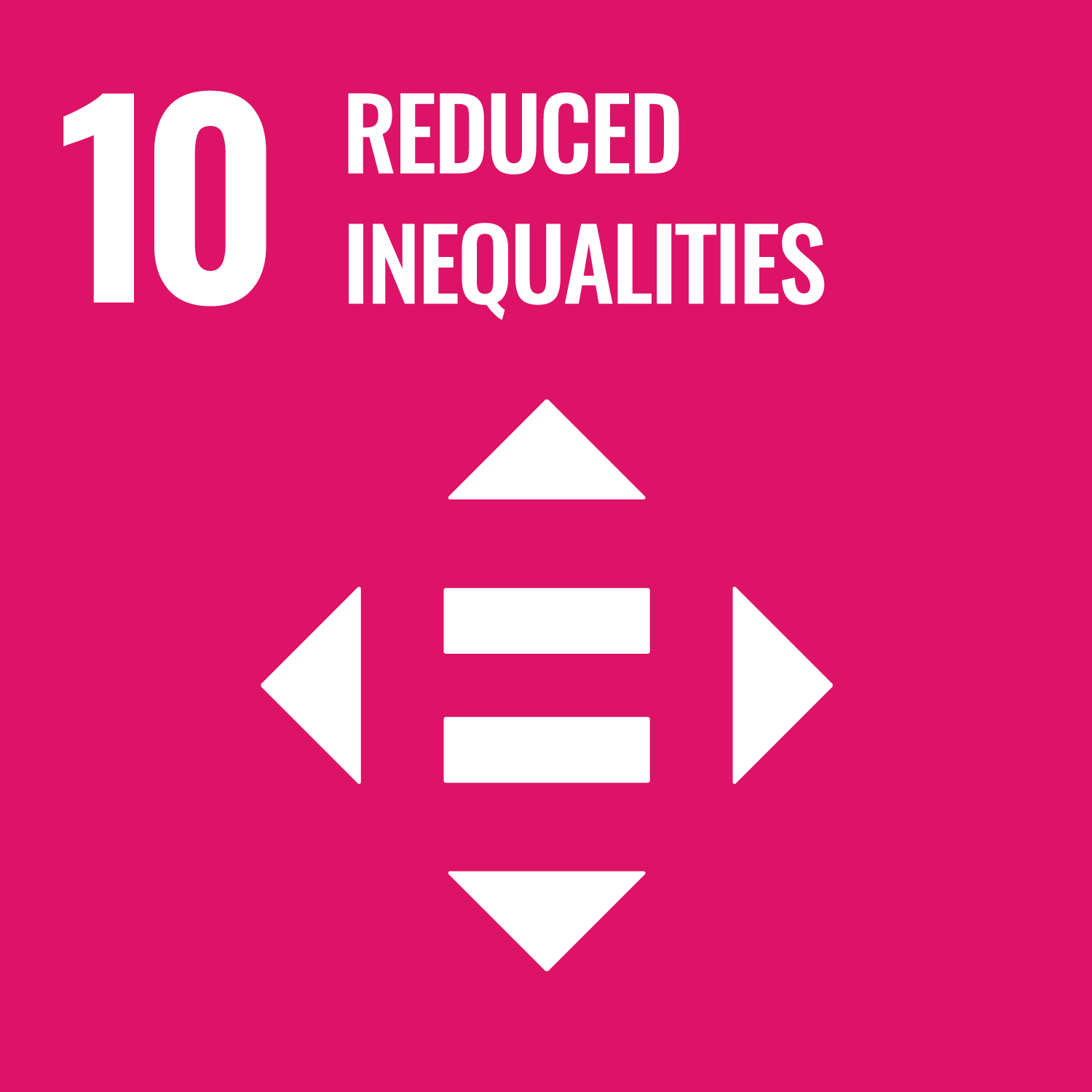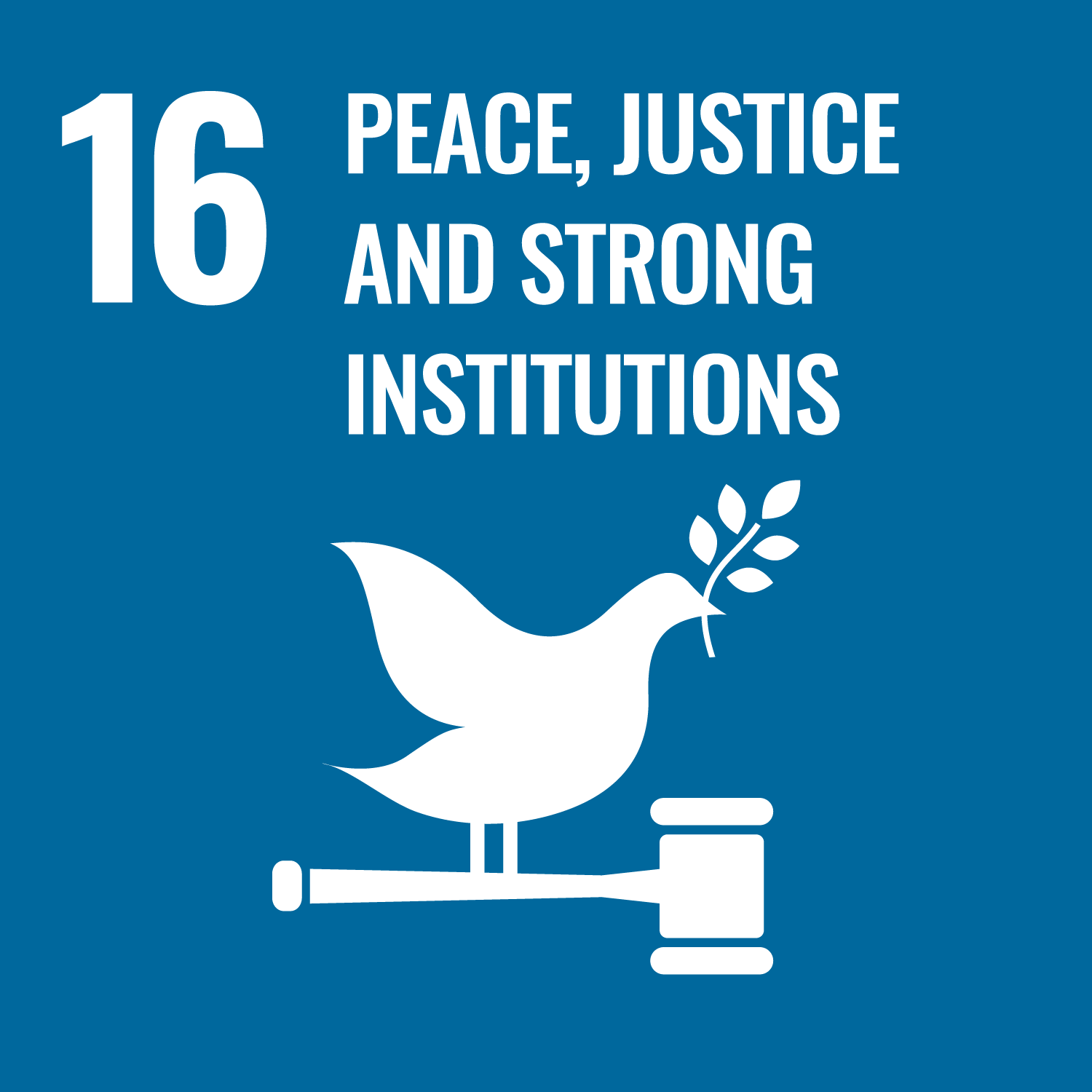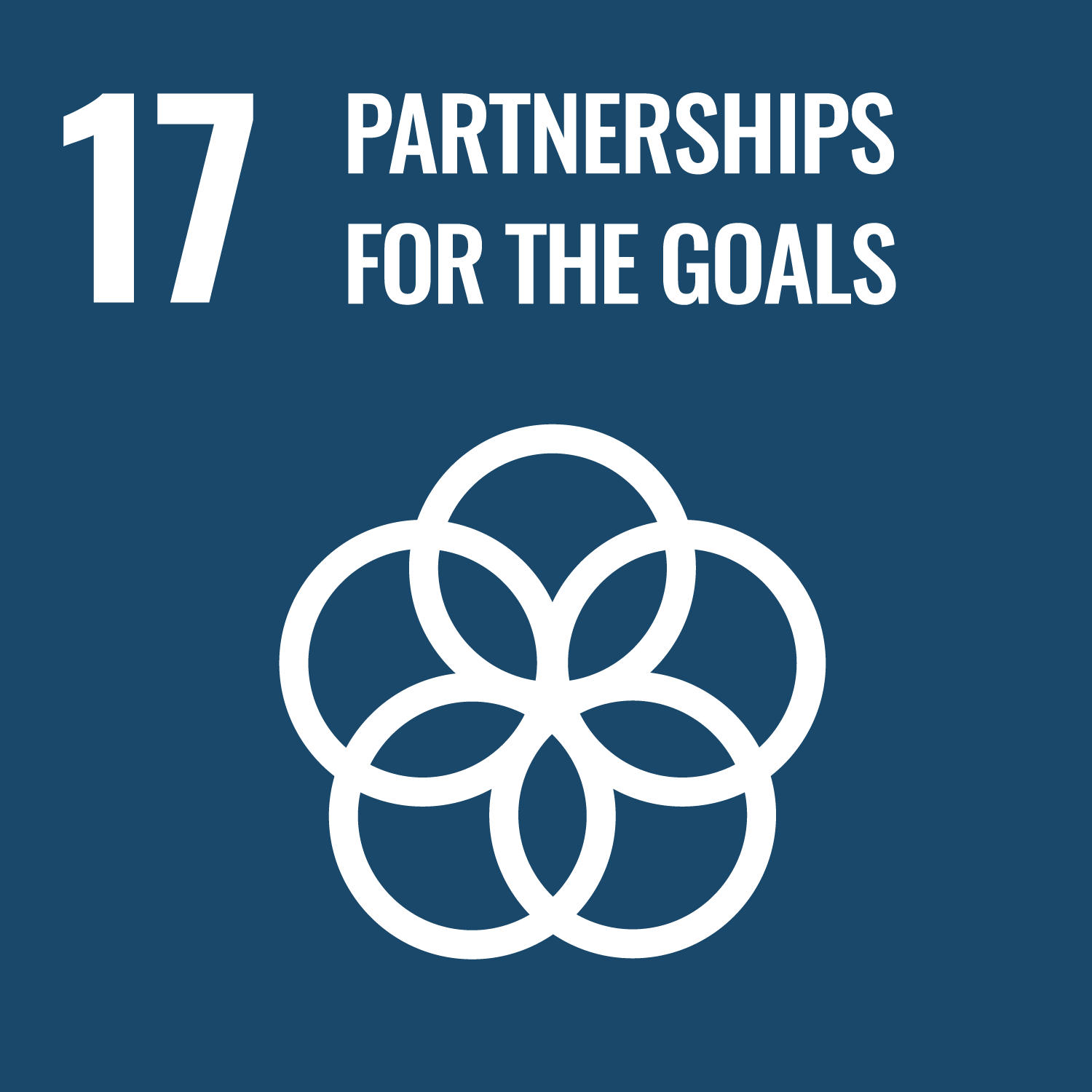Reducing HIV/AIDS rates
Reducing HIV/AIDS rates
Being the most common cause of death, AIDS in Africa is one of the greatest humanitarian disasters of our time. The disease particularly affects Africa´s poorest regions and has devasting social and economic consequences. Infected individuals face a low average life expectancy and a life in poverty. Millions of AIDS orphans have no future.
AIDS weakens the overall economy, for example by reducing production, increasing health expenditures, or discouraging foreign aid and investments.
Today, knowledge about the HIV virus is lacking in large parts of the African population. We see educational work as the key to reduce the number of new infections.
We work to educate local communities about HIV/AIDS and provide them with contraceptives to reduce the
number of new infections.
Reducing Population Growth
Reducing Population Growth
The world’s population is expected to grow, from 7.7 billion currently to 9.7 billion people in 2050, with Africa having the highest population growth rates. It’s population is set to double by 2050. Thereby, the continent will account for more than half of global population growth between now and 2050.
The population growth constitutes a major obstacle in the fight against poverty, hunger, and overall inequality between countries, posing lingering challenges to development efforts on the continent. The high growth rates will have far-reaching implications for future generations.
We work to educate local communities about contraception and birth control to reduce population growths in the relevant areas.
Reduce Number of Child Pregnancies
Reduce Number of Child Pregnancies
Particularly puberty and adolescence is a fragile phase in the development of every human being. It implies the transition from childhood to physical and mental maturity. In this critical time, young adolescents have to grow knowledge about their bodies, health, and sexual behavior. Teenage girls are particularly vulnerable because they face the risks of premature pregnancy.
Sub-Saharan Africa reports the highest number of early childbearing rates with about 14 million unintended pregnancies per year. Over 143 out of 1,000 teenage girls get pregnant between the age of 15 to 19.
Early and unintended pregnancies have a direct impact on the future of girls and young women, as especially in developing countries, maternity often implies dropping out of the educational system.
We work to educate children and young adolescents about birth control and contraception to reduce the number of early and unintended pregnancies.
Reduce Gender Inequality
Reduce Gender Inequality
Women and girls represent half of the world's population. Thus, gender equality is not only a fundamental human right, but also an essential prerequisite for sustainable development.
To achieve gender equality, African governments and non-governmental organizations have worked towards empowering women. Nevertheless, there are still huge gaps in the rights and possibilities between boys and girls, particularly in Africa´s poorest regions.
Local communities in poor regions in Africa are often male dominated with social norms favoring boys over girls in most aspects of life. This gender inequality has a sustainable impact on the lives of girls and young women. As women and girls carry the majority of the care and domestic burden they receive less education, are less often employed in the formal sector, are less involved in politics, and experience significantly higher levels of sexual violence.
We work to promote gender equality to ensure equal opportunities even in male dominated regions.



